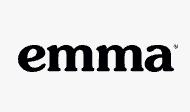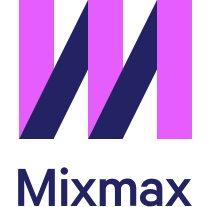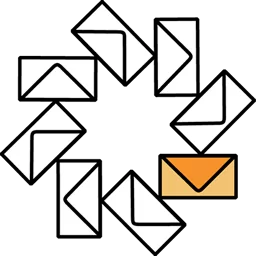Mailchimp vs Salesforce
Hyperise integrates with 100's of sales and marketing tools, many of which are in the Email Marketing category. With so many to choose from it's sometimes hard to know which is best, but don't worry, we've got your covered.
In this comparison guide we're going to look at the Highlights, Pros, Cons and Pricing of Mailchimp and Salesforce. We'll also delve into the details of which offers the best personalization options within Email Marketing, with there respective Hyperise integrations
Mailchimp
Pricing: Mailchimp offers four pricing plans: 1. Free-- Mailchimp's Free plan includes all the basic email marketing features and allows users to send up to 10,000 emails a month to up to 2,000 subscribers. 2. Essentials-- The Essentials plan starts at $9.99 per month and allows users to send unlimited emails to up to 50,000 subscribers, and includes additional features like automation, A/B testing, and custom branding. 3.Vs
Salesforce
Pricing: Salesforce offers a range of pricing plans to suit the needs of different businesses. Here is a summary of the pricing plans: 1. Essentials: $25/user/month - Best for small businesses with basic CRM needs. 2. Professional: $75/user/month - Best for small to medium-sized businesses with advanced CRM needs. 3. Enterprise: $150/user/month - Best for medium to large businesses with complex CRM needs and team collaboration. 4.
Mailchimp vs Salesforce Highlights
Mailchimp and Salesforce are two different software platforms that serve different purposes. Mailchimp is primarily an email marketing platform that allows businesses to create and send email campaigns to their subscribers. On the other hand, Salesforce is a customer relationship management platform that focuses on managing customer interactions and data.
One major difference between Mailchimp and Salesforce is their intended audience. Mailchimp is more geared towards small to medium-sized businesses that need an easy-to-use platform for their email marketing needs. Salesforce, on the other hand, is designed for larger businesses with more complex customer management needs.
Another difference is the features they offer. Mailchimp offers features specific to email marketing, such as email templates and automation tools, while Salesforce offers a wide range of features beyond customer relationship management, including sales forecasting and marketing automation.
Overall, choosing between Mailchimp and Salesforce depends on a business's specific needs and goals. If email marketing is the primary focus, Mailchimp may be a better choice. If a business needs a comprehensive platform for customer management and data analysis, Salesforce may be a better fit.
Mailchimp vs Salesforce Pros
Mailchimp Pros
- Mailchimp's pricing plans are more affordable than Salesforce's
- Mailchimp's interface is more user-friendly and easier to navigate
- Mailchimp has a more flexible and customizable email template builder
- Mailchimp offers better email automation capabilities
- Mailchimp provides advanced segmentation and targeting options for email campaigns
- Mailchimp has superior analytics and reporting features for email campaigns.
Salesforce Pros
- Pros for Salesforce compared to Mailchimp:
- Salesforce offers advanced customer relationship management (CRM) functionalities that are unmatched by Mailchimp.
- Salesforce provides a wider range of customization options and tools for personalization compared to Mailchimp.
- Salesforce has better integration capabilities with other tools and software, making it ideal for larger businesses with complex workflows.
- Salesforce offers robust sales and marketing automation tools, which can streamline processes and increase productivity.
- Salesforce provides more advanced analytics and reporting functionalities that can deliver greater insights into customer behavior and engagement.
- Salesforce has better security features and provides more control over data access and user permissions compared to Mailchimp.
Mailchimp vs Salesforce Cons
Mailchimp Cons
- Mailchimp does not have robust CRM capabilities compared to Salesforce
- Mailchimp's automation features are limited compared to Salesforce's automation capabilities
- Mailchimp does not have built-in lead capture forms and lead scoring functionality
- Mailchimp's pricing can become costly as the subscriber list grows, whereas Salesforce has a flat rate per user
- Mailchimp does not have native integrations with as many third-party apps as Salesforce does
- Mailchimp's reporting features are not as advanced or customizable as Salesforce's reporting functionality.
Salesforce Cons
- Some potential cons of Salesforce compared to Mailchimp could include:
- Higher cost: Salesforce tends to be significantly more expensive than Mailchimp, especially for smaller businesses or those just starting out.
- Steep learning curve: Salesforce is a powerful platform, but this also means that it can be complex and overwhelming to use. It may take more time and effort to master than Mailchimp.
- More geared towards sales: While Salesforce can be used for marketing and other purposes, its primary focus is on managing customer relationships and driving sales. If you're looking for a strictly marketing-focused solution, Mailchimp might be a better fit.
- Limited email marketing features: While Salesforce does offer some email marketing capabilities, they may not be as robust or advanced as what you can do with Mailchimp. This could be a drawback if email marketing is a primary focus for your business.
- Less intuitive interface: Depending on your experience with software platforms, you may find that Salesforce's interface is less user-friendly than Mailchimp's. This could make it more challenging to navigate and use effectively.
Mailchimp & Salesforce Hyperise Integrations
Mailchimp uses the HTML code embed method to integrate with Hyperise, giving a simple way to add personalized images to your messages.
Mailchimp makes the following data points available to Hyperise, to enable personalization in images used in outreach and linked out to your personalized website landing pages.
- Using business Email passed from Mailchimp, Hyperise is able to enrich business logo and website screenshots. In some cases, with a business Email we're also able to enrich profile images, subject to the business email having a publicly available profile.
Mailchimp Integration Guide
Salesforce uses the HTML code embed method to integrate with Hyperise, giving a simple way to add personalized images to your messages.
Salesforce makes the following data points available to Hyperise, to enable personalization in images used in outreach and linked out to your personalized website landing pages.
- Using business Email passed from Salesforce, Hyperise is able to enrich business logo and website screenshots. In some cases, with a business Email we're also able to enrich profile images, subject to the business email having a publicly available profile.
- Using business Website passed from Salesforce, Hyperise is able to enrich business logo and website screenshots.
- Business name
- City
- State
- Country
- Zip
- Category
Salesforce Integration Guide
 vs
vs  vs
vs 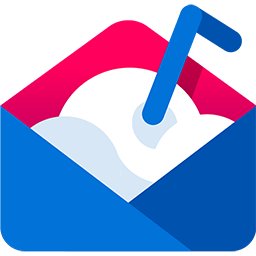


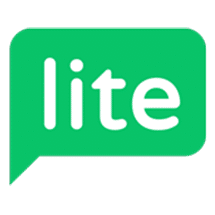

 vs
vs 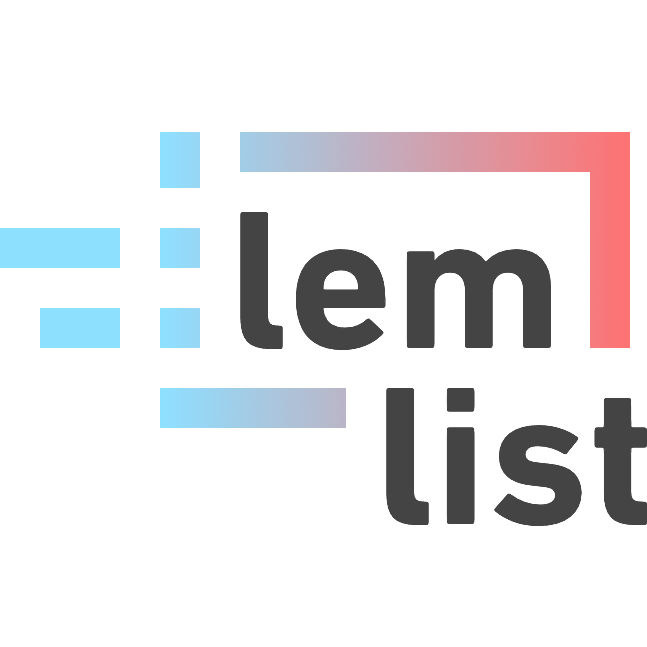 vs
vs  vs
vs  vs
vs  vs
vs  vs
vs  vs
vs  vs
vs  vs
vs  vs
vs  vs
vs  vs
vs  vs
vs  vs
vs  vs
vs  vs
vs  vs
vs  vs
vs  vs
vs 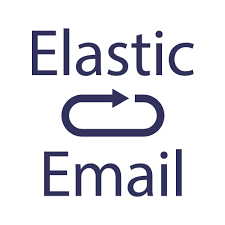 vs
vs 
 vs
vs  vs
vs 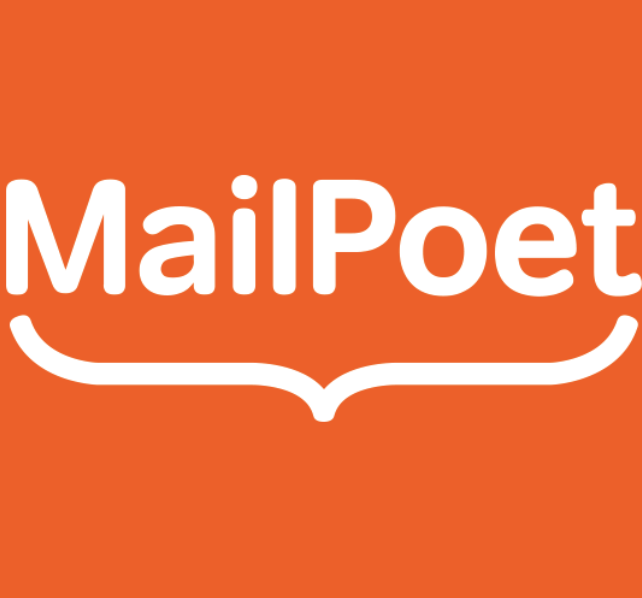 vs
vs  vs
vs  vs
vs  vs
vs 
 vs
vs  vs
vs  vs
vs  vs
vs 
 vs
vs 


 vs
vs  vs
vs  vs
vs 
